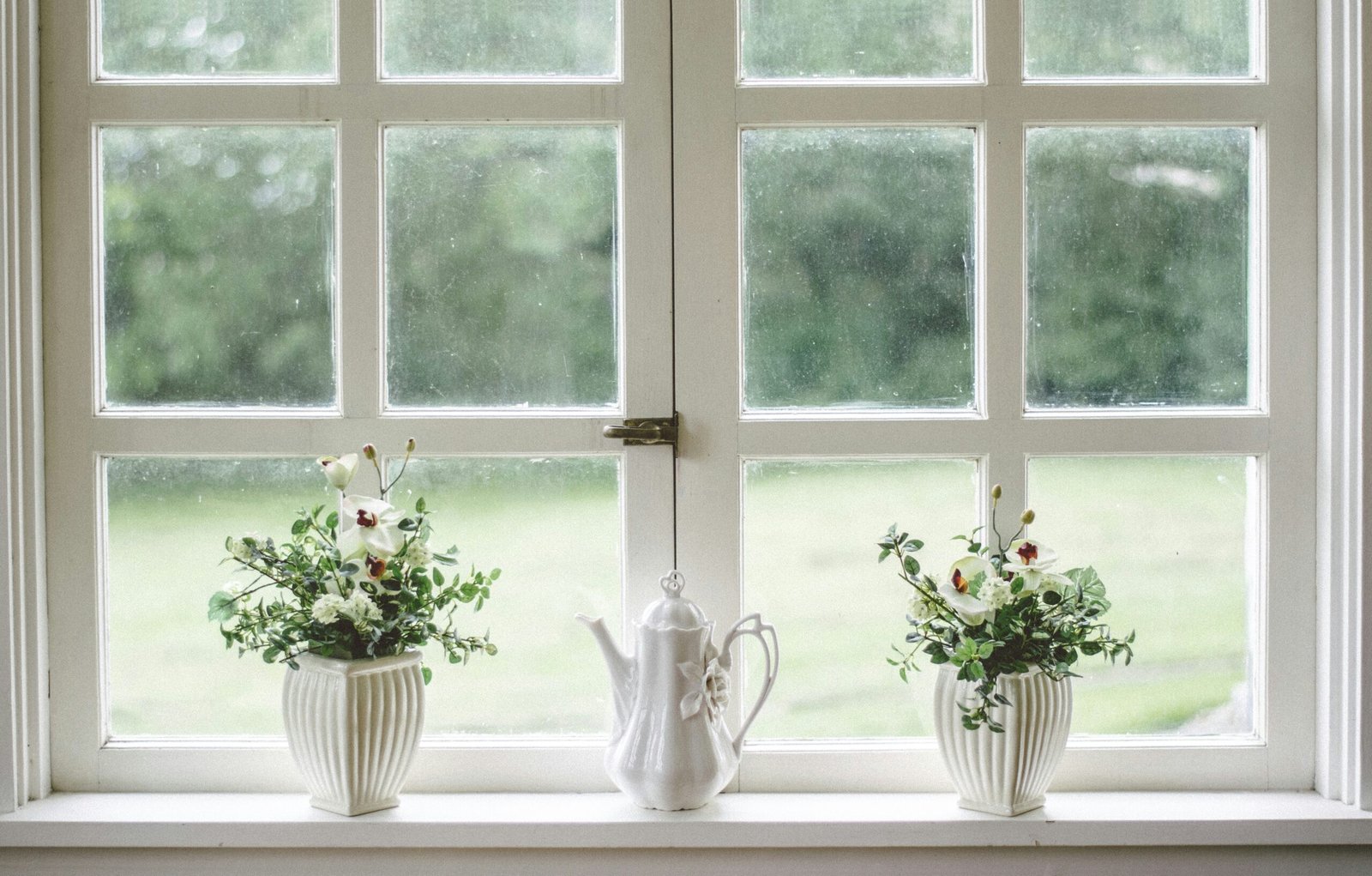Indoor air quality (IAQ) is a crucial aspect of building design and construction that often goes unnoticed until it becomes a problem. Poor indoor air quality can lead to a host of health issues for occupants and legal troubles for builders. This blog post aims to provide an essential guide for construction professionals on how to adhere to IAQ standards and avoid legal pitfalls.
Why Indoor Air Quality Matters
Health Implications
Indoor air quality significantly impacts the health and well-being of building occupants. Poor IAQ can cause respiratory issues, headaches, and even long-term health problems like asthma. Construction professionals must understand how their work affects IAQ to prioritize the well-being of future occupants.
Legal Consequences
Failing to meet IAQ standards can result in severe legal repercussions. Lawsuits, fines, and even project shutdowns can occur if IAQ violations are found. Understanding and complying with IAQ standards is not just best practice; it’s a legal requirement.
Financial Impact
Ignoring IAQ can also hit where it hurts most—your wallet. Poor IAQ can result in costly litigation and loss of reputation. Not meeting standards can also lead to expensive remediation efforts, further increasing project costs.
Key Indoor Air Quality Standards
LEED Certification
Leadership in Energy and Environmental Design (LEED) certification is a globally recognized symbol of sustainability achievement. Adhering to LEED standards ensures high IAQ and can boost a project’s marketability.
ASHRAE Standards
The American Society of Heating, Refrigerating, and Air-Conditioning Engineers (ASHRAE) sets guidelines for ventilation and air quality. Compliance with ASHRAE standards is often required by local building codes and regulations.
EPA Guidelines
The Environmental Protection Agency (EPA) provides guidelines for maintaining high IAQ. These guidelines are particularly important for buildings that house sensitive populations, such as schools and healthcare facilities.
Steps to Ensure Compliance
Conduct Pre-Construction Assessments
Before breaking ground, conduct thorough pre-construction assessments to identify potential IAQ issues. This can include testing for radon, asbestos, and other harmful substances.
Use Low-VOC Materials
Volatile organic compounds (VOCs) are a major contributor to poor IAQ. Using low-VOC paints, adhesives, and materials can significantly improve air quality.
Implement Proper Ventilation
Proper ventilation is crucial for maintaining good IAQ. Ensure that your HVAC systems are designed and installed according to industry standards. Consulting an HVAC company in Cottonwood Heights can provide specialized insight into optimal ventilation practices.
The Role of HVAC Systems
Importance of HVAC in IAQ
HVAC systems play a vital role in maintaining indoor air quality. They circulate air, filter out contaminants, and control humidity levels. A well-designed HVAC system can make or break your IAQ efforts.
Choosing the Right System
Select an HVAC system that meets the specific needs of your project. Factors to consider include the size of the building, the number of occupants, and specific air quality requirements.
Regular Maintenance
Regular maintenance of HVAC systems is crucial for maintaining high IAQ. This includes changing filters, cleaning ducts, and ensuring that all components are functioning correctly.
Common IAQ Issues in Construction
Dust and Debris
Construction sites are notorious for dust and debris. Implementing dust control measures can significantly improve IAQ during and after construction.
Chemical Contaminants
Many construction materials release harmful chemicals into the air. Using low-VOC materials and proper storage can mitigate this issue.
Mold and Moisture
Moisture control is essential for preventing mold growth, a major IAQ concern. Ensure that your building envelope is properly sealed and that HVAC systems effectively manage humidity levels.
Training and Education
Educate Your Team
Ensure that all team members understand the importance of IAQ and are trained in best practices. Regular training sessions can keep everyone up-to-date on the latest standards and technologies.
Stay Updated
IAQ standards and regulations are continually evolving. Stay updated on the latest guidelines from organizations like LEED, ASHRAE, and the EPA to ensure ongoing compliance.
Partner with Experts
Collaborating with IAQ experts can provide valuable insights and help ensure that your project meets all relevant standards. These partnerships can also offer ongoing support and monitoring.
Documentation and Reporting
Keep Detailed Records
Maintain detailed records of all IAQ assessments, materials used, and ventilation plans. This documentation can be invaluable in case of audits or legal issues.
Regular Inspections
Conduct regular inspections throughout the construction process to ensure that IAQ standards are being met. Address any issues promptly to avoid long-term problems.
Transparent Reporting
Provide transparent reporting to all stakeholders, including clients, contractors, and regulatory bodies. Clear communication can build trust and demonstrate your commitment to high IAQ standards.
The Future of IAQ in Construction
Technological Advancements
Emerging technologies are making it easier to monitor and improve IAQ. Innovations like smart sensors and advanced filtration systems offer new ways to maintain high air quality.
Sustainable Practices
Sustainability and IAQ go hand-in-hand. Implementing sustainable building practices can improve IAQ while also reducing environmental impact.
Regulatory Changes
Stay informed about upcoming regulatory changes that could impact IAQ standards. Proactive planning can help you stay ahead of the curve and avoid legal issues.
Conclusion
Indoor air quality is a crucial aspect of construction that should never be overlooked. Adhering to IAQ standards not only ensures the health and well-being of building occupants but also protects you from legal and financial repercussions. By following the steps outlined in this guide, you can confidently manage IAQ in your projects and avoid potential pitfalls.
- Maximize Your Big Win Potential in Online Slots Through Trusted Sites - October 23, 2025
- Australian Bookmakers Compared: Odds, Apps and Fast Withdrawals - October 23, 2025
- Streaming Beyond the Screen: How Innovation is Transforming the Way We Watch TV Series - October 21, 2025




